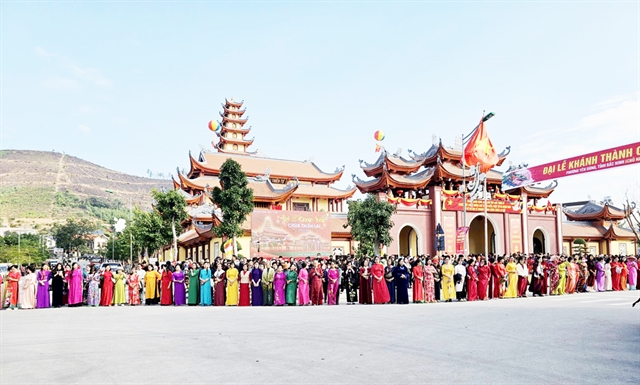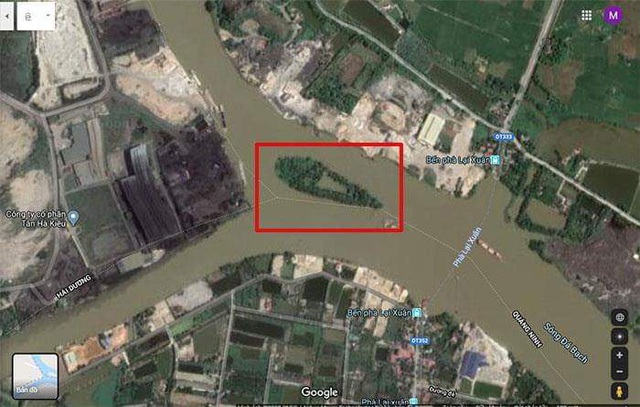 Life & Style
Life & Style

HẢI PHÒNG — The Hải Phòng Culture and Sports Department has sent a document to Hải Phòng City People's Committee asking for permission to conduct urgent excavations at the site where 13 stakes were unearthed. The stakes were assumed to be involved in historic naval battles between the Đại Việt army and Yuan-Mongol invaders in the 13th century.
Farmer Đào Văn Đến in Thủy Nguyên District, Hải Phòng City recently discovered 13 wooden stakes while digging to build a pond near his home, according to the department.
On February 12, experts from the Việt Nam Archaeology Institute came to the site to examine the stakes.

|
| The area where 13 stakes were recently found (in red box). — Photo taken from satellite. Photo dantri.vn |
Đến’s pond is located at the confluence of the Kinh Thầy, Đá Vách and Đá Bạc rivers. The stakes were mostly destroyed. Some of them were buried deep in a stone dyke.
Experts said the discovery of the stakes at Đến’s house were important in a naval battle between armies of Đại Việt and Yuan-Mongol invaders on Bạch Đằng River in 1288.
On October 1, 2019, Nguyễn Văn Triệu, another farmer in Liên Khê Commune, Thủy Nguyên District found two wooden stakes at a depth of 0.5-0.7 metres.
Some locals had also discovered big wooden stakes deep in the soil.
On November 27, experts from the institute and Hải Phòng Museum conducted an excavation at Cao Quỳ Field.
On a total area of 950sq.m, 27 stakes were found, which were mostly broken on the top. All the stakes were made of hard, dark red wood.
Experts said the stakes were part of a trap made by Đại Việt army in 1288 to prevent the enemy entering the Giá River. The Đại Việt army wanted to guide the enemy’s boats to Bạch Đằng River from Đá Bạc River and trap them in another big field of stakes. The invaders’ boats would then be damaged as the tide receded.
In their efforts to invade Southeast Asia, the Yuan-Mongol army fought Đại Việt three times (1257-58; 1284-85 and 1287-88), and lost every time.
After their defeat in 1288, the empire gradually weakened and collapsed. The victory helped prevent the empire from invading Japan and Southeast Asia, according to Researcher Vũ Minh Giang. — VNS




